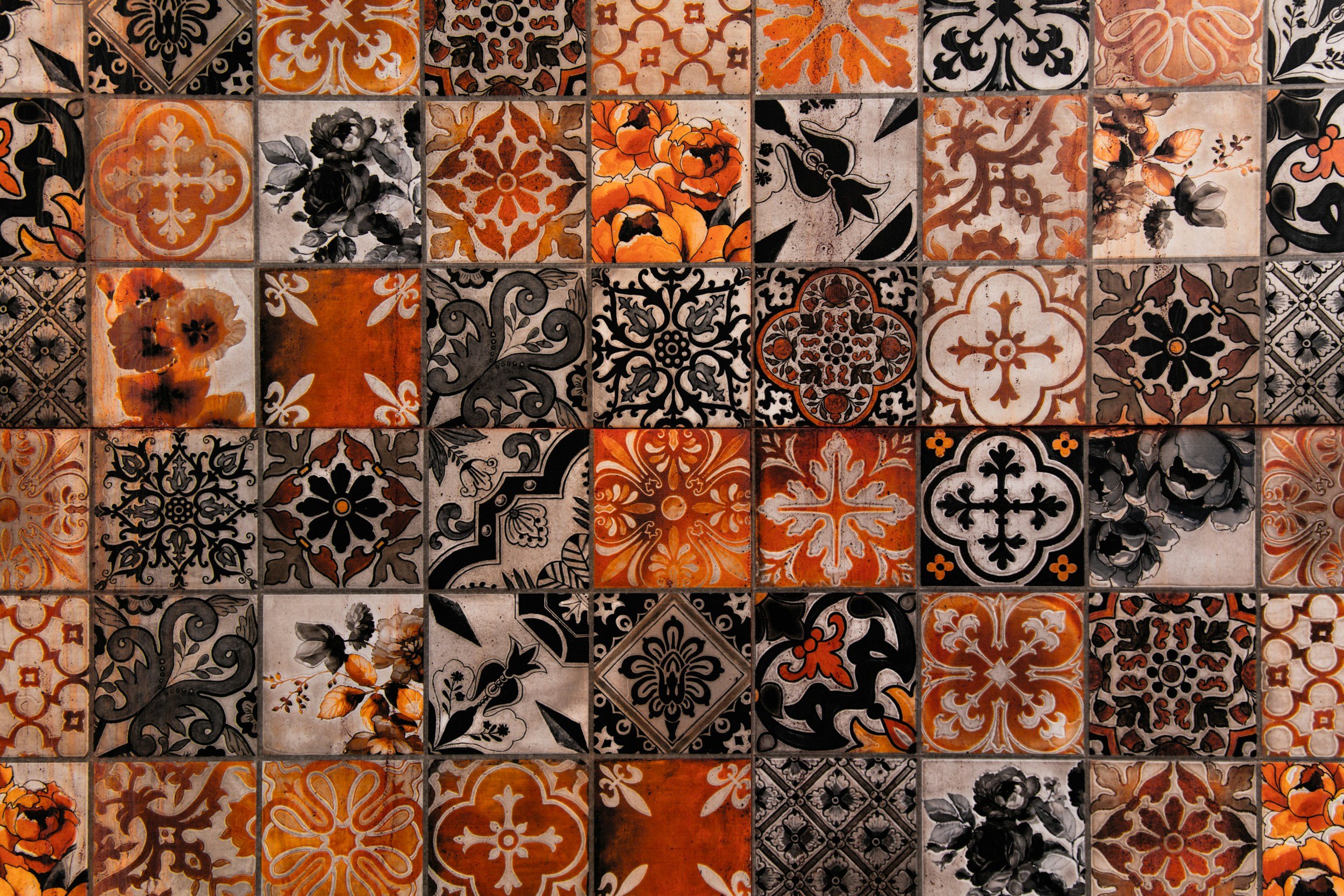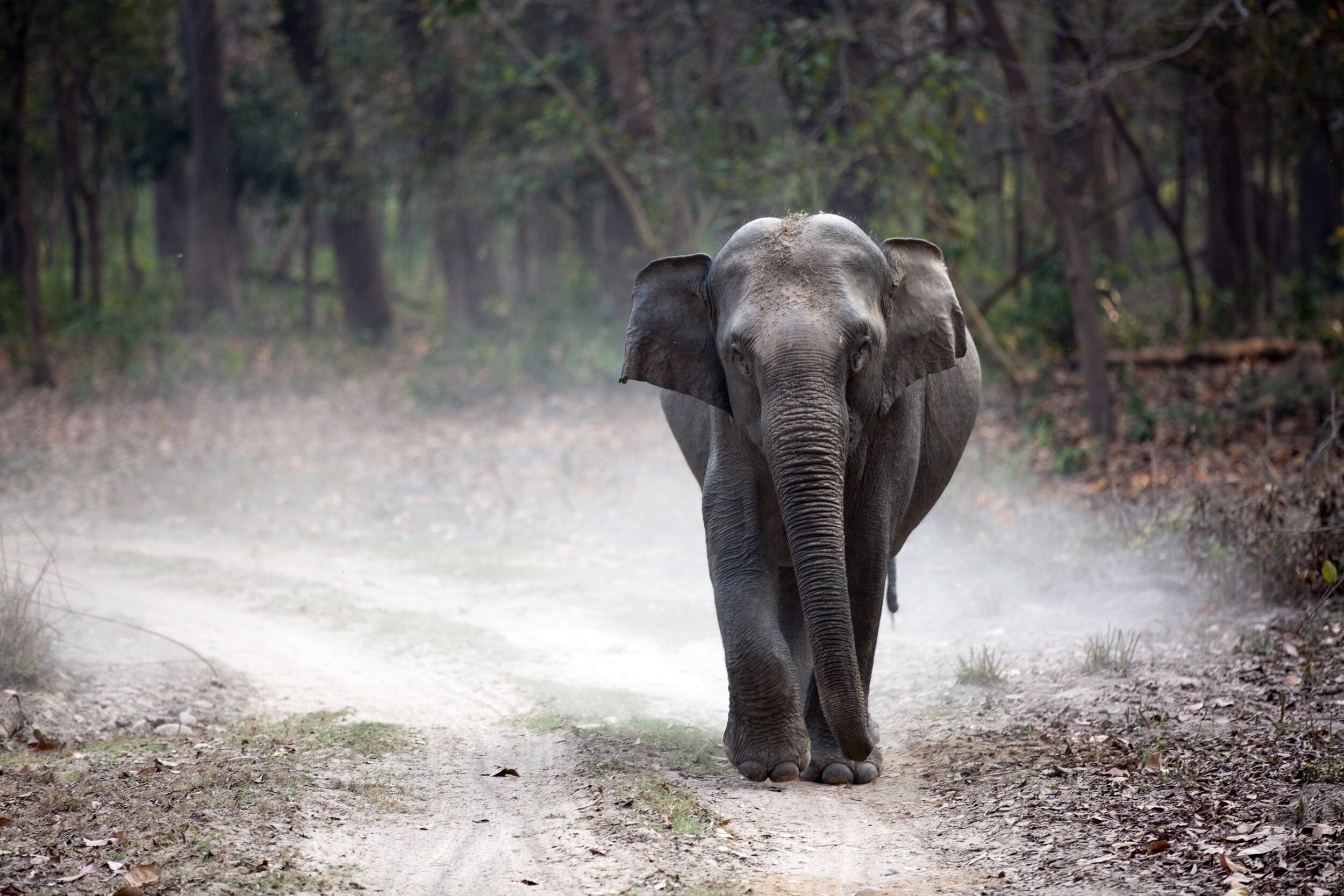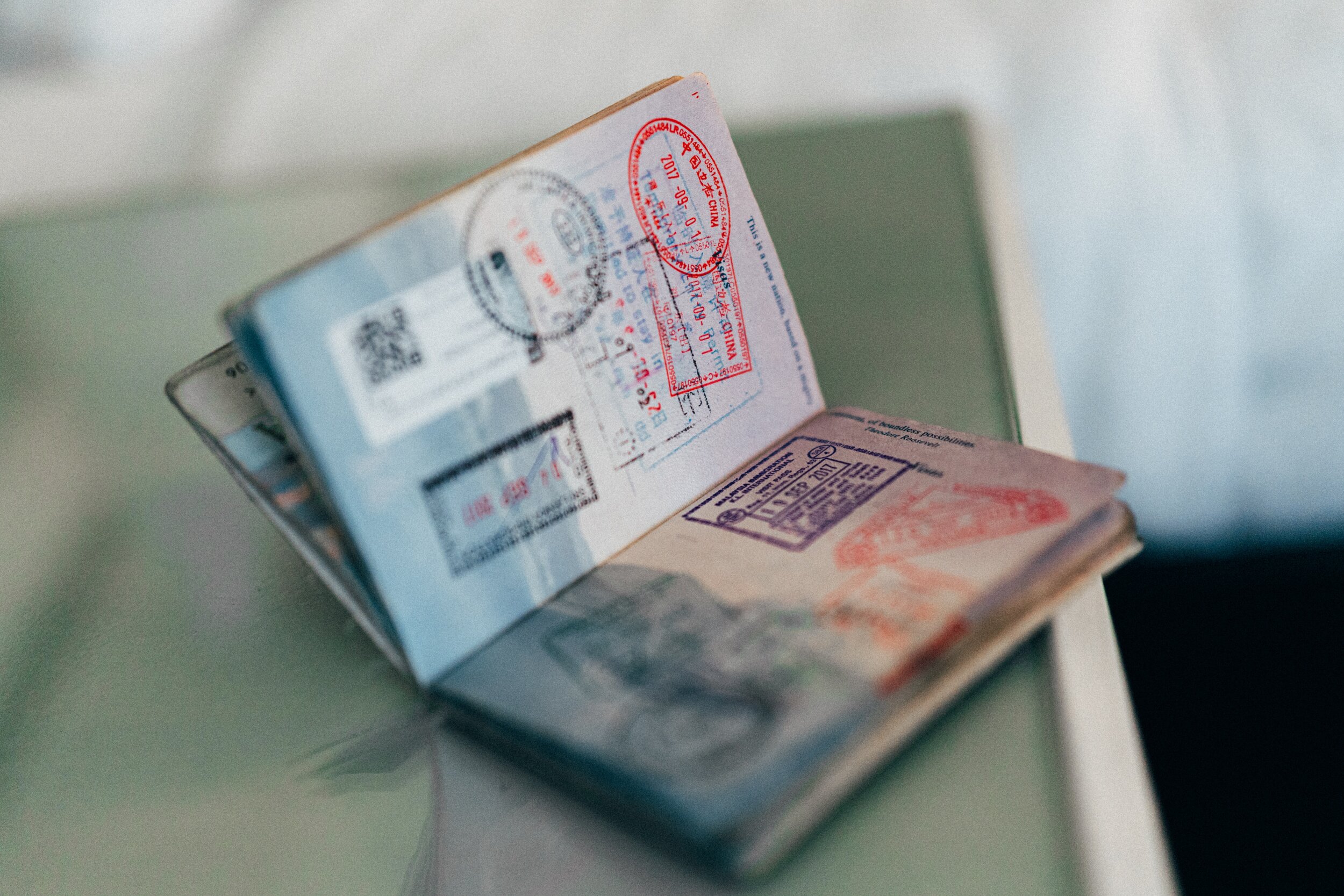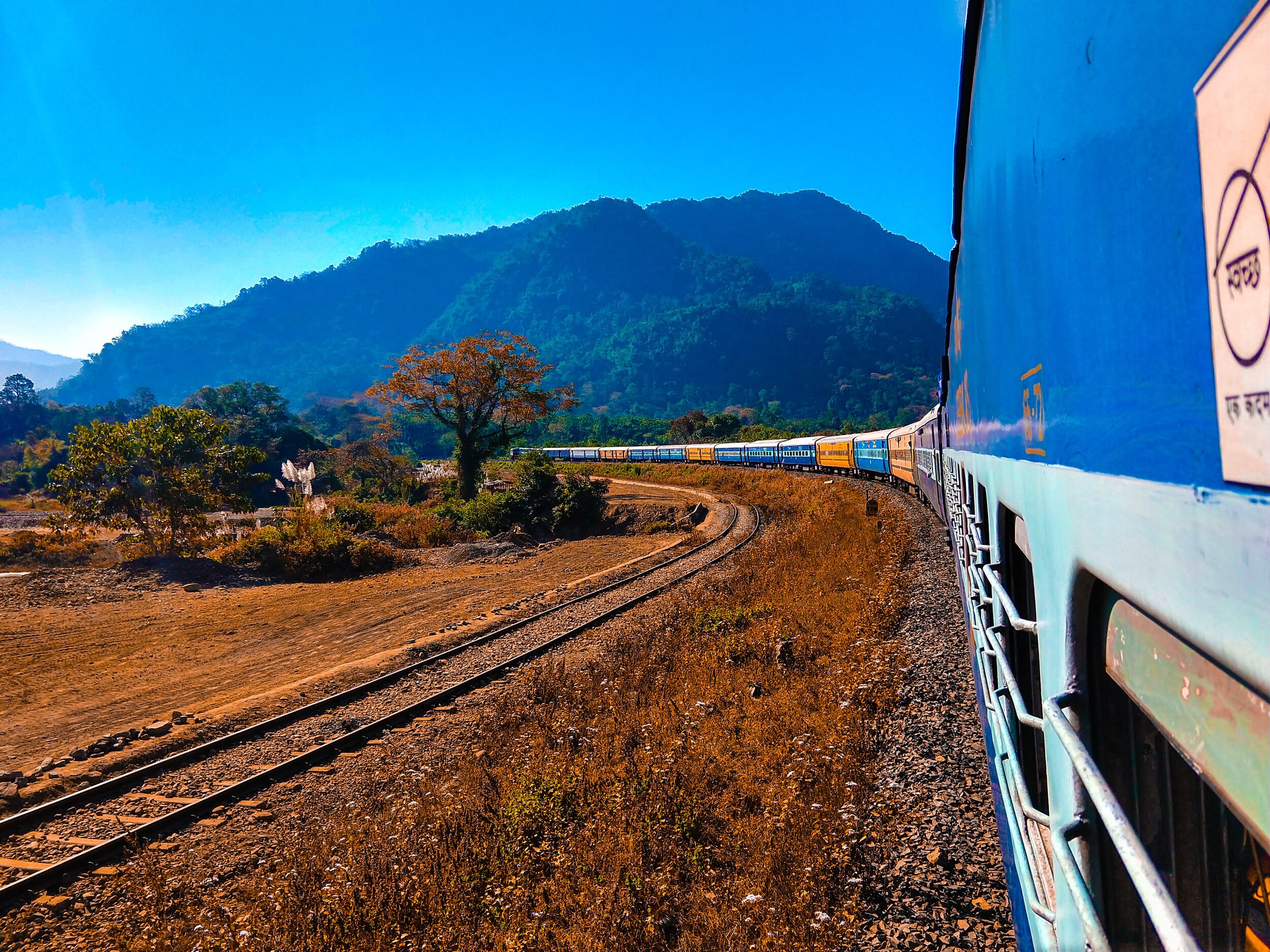
Plan Your Trip
Apply for Your Passport & Visa
Passport Application
The first step in international travel is getting a passport for you and anyone traveling with you. It may cost you up to $115 for a new passport and can take up to 18 weeks from submission of application to receiving the new passport. The process can be expedited for an additional $60.
U.S. citizens can apply for or renew their passport here.
Basically, for a new passport you need to fill out the DS-11 passport application, listed in the above link, and then print it. You will also need a recent 2x2in glossy photo of yourself with a white background. For your photo, do not wear glasses, hats or a uniform. Jewelry is ok just as long as it does not obscure your face, and try to keep a neutral expression on your face. These photos can be taken and printed yourself or at a local store that takes passport photos such as Walmart or CVS. You will also need a photo ID and proof of citizenship such as a birth certificate, certificate of birth abroad, Certificate of Naturalization or Certificate of Citizenship.
If you are applying for your first passport or your first passport after turning 16 years old, it must be done in person with the DS-11 application, photo, proof of citizenship documents and payment. You can locate where to apply in person here.
If you are renewing your passport you need to mail in the DS-82 application, your expired passport, photo and payment. The address to mail it to can be found here.
Visa Application
Before applying for your visa check the U.S. State Department for travel warnings or restrictions. Covid has caused many travel disruptions but there may be other important information posted by the U.S. government.
U.S. citizens do need a visa to travel to India. You can apply for an e-Tourist Visa here. These visas can be for 30 days, 1 year, or 5 years.
Apply online and pay the fee. The fee can range from $10 to $80 depending on which visa you choose to apply for. A recent passport photo, as well as your passport’s information page, will need to be uploaded for the application.
Next, print the Electronic Travel Authorization (ETA) that will be emailed to you and take it with you when you travel. Upon landing in India submit your ETA at the Immigration check and your passport will be stamped with the eVisa.
Booking your Flight
When it comes to booking your flight we highly recommend using Skyscanner to find the best deals. However, Momondo and Cheapoair may find you some deals too.
Tips For Booking
First, make sure that you are searching for your flights on a private browser such as “incognito” on Google Chrome. Websites that use cookies can see that you have done the same search on multiple days and may not show you the cheapest flights anymore!
It is also suggested to search for and book flights midweek on Tuesday or Wednesday as prices are often cheapest then. Additionally, when you are searching for flights search “one way” before searching “round trip” to find out which is the cheapest day of the week/month to fly out.
Of course, if you can be flexible with your travel days and which cities you want to fly in and out of then you will be able to find better deals. Also, sometimes if you book your connecting flights separately you will lower the overall cost. And, if you know when and where you are traveling, book your flights sooner rather than later so that the prices don’t rise over time.
Lastly, if you are traveling light and do not need to check a bag, try using budget airlines as this will slash the cost. And if you have airline sky-miles saved up on a credit card then flying to India would be a great time to use them!
Suggested Packing List
Everyone’s packing list will look different depending on the kind of trip they have planned and the time of year they are going. A backpacker staying at hostels will have different priorities than a family with children or travelers staying at more high-end hotels and resorts. Here is just a suggested list of items to help you prepare for your adventure and ensure you have the essentials.
Keep in mind if you are traveling between December through February it is the cold season throughout much of India. April through June can become incredibly hot and June through September is generally the monsoon and therefore very wet. March, April, October, and November are very pleasant months.
One more thing before you start packing. Call your bank and tell them the dates of your trip so they do not block your card when you are in India because they may assume it has been stolen.
Now here’s the list:
Passport
Cash (India is still largely a cash society and it is always good to have some on you, even some dollars)
ATM/Debit Card
Camera, charger, and extra memory card
Phone and charger (ask your carrier about international minutes)
Adapter (plug adapter and voltage converter, Indian outlets use different prongs and different voltage than the U.S.)
T-shirts (long and short sleeves)
Pants/dresses (see our page on Culture for Social Etiquette and modesty here)
Scarf (if you are a woman and are planning to visit any religious sites such as temples or mosques a scarf can be used as a head covering)
Comfortable walking shoes
Light jacket or sweater (if traveling in the winter) or warm coat and hat (if traveling to the mountains)
Raincoat or umbrella (if it is the monsoon)
Socks and underwear
Sunglasses and hat
Swimsuit (see our page on Culture for Social Etiquette and modesty here)
Sunscreen
Swiss Army Knife/multi-tool (Be sure to pack this in your checked bag)
Flashlight (the power sometimes goes out)
Toothbrush, tooth paste, deodorant and other toiletries
Imodium (for possible difficultly adjusting to the cuisine. But do some research and talk to your doctor before taking!)
Water bottle (don’t refill it from the faucet, always make sure the water is filtered)
Any medication (enough to last you the entire trip)
Book to read and playing cards
Travel guide (See Destinations pages for suggestions)
Paper/card with hotel addresses and phone numbers, emergency contacts and U.S. embassy phone number
As an Amazon Associate I earn from qualifying purchases.
Getting Around India
Air Travel
Most Indian cities are well connected by air. Three major airlines in India are Air India, SpiceJet, and IndiGo. As with most countries, lines in airports can be slow moving so make sure to give yourself lots of time at the airport before your flight leaves, especially if you are flying internationally. Once again you can use Skyscanner, Momondo, or Cheapoair to book air travel.
Trains
Indian Railways is one of the largest employers in the world. Some tracks crisscross the entire country. While air travel is the quickest way to jump from city to city, the network of trains is very affordable. There are also different levels of comfort you can travel in. We would suggest traveling on 3-tier AC or 2-tier AC. 3-tier AC can house up to 6 people per berth. 2-tier AC is less crowded since there are only 4 people per berth and there is the added privacy of curtains.
Depending on how adventurous you are, train travel can be a lot of fun. Food vendors and Chaiwalas will walk up and down the train at various times of the day and it is fascinating to soak in the Indian countryside as it slides by and changes over the miles. Trains can be booked here. It is also recommended to work with a travel agent to book train tickets in the country.
Bus
Taking the bus from city to city is slow but also an affordable option. For longer distances, you will hear of taking a Volvo. These are usually more comfortable overnight buses. Buses can be booked at Abhibus or redBus. Just as with train travel it is recommended to use a travel agent for in-country bookings.
Getting Around the City
There are a few options to get around a city or town. Buses, taxis, and auto-rickshaws are the main ones, and some cities have a subway system. These operate much the same way as subways in the U.S.
Buses criss-cross the cities and are very cheap but they are incredibly crowded and sometimes it can be confusing to know when your stop is. If you do choose to take the bus, once you jump on find the conductor and pay for your ticket in cash. If you have trouble knowing when to get off, stay close to the conductor and ask him to let you know.
Taxis can be pricey so be careful trying to negotiate with a taxi driver. Two recommended options are to make sure the taxi has a meter that shows how much you pay each kilometer or if you are at an airport or train station use the pre-paid option. It will save you a lot of hassle and money.
Auto-rickshaws are prolific and very convenient. However, be prepared to negotiate a price. Foreign tourists are prime targets for price gouging. Speak to an employee at your residence or a local shopkeeper to get an idea of how much an auto should cost to get from one point of the city to another. Similarly to taxis, if you are at an airport or train station use the pre-paid option.








